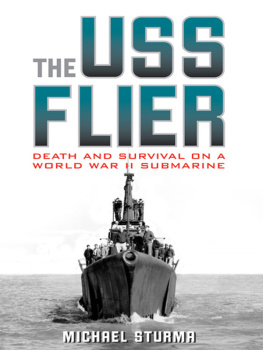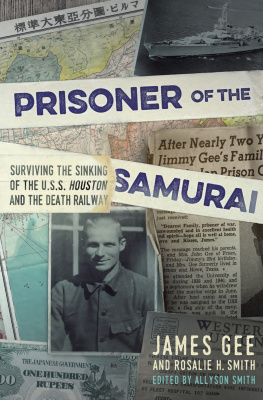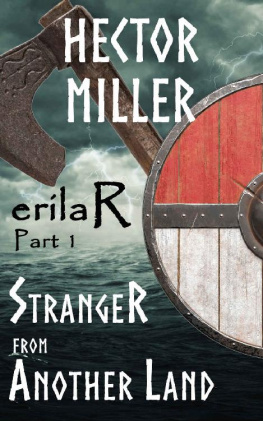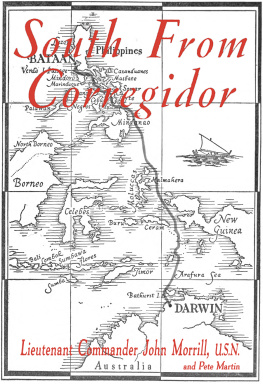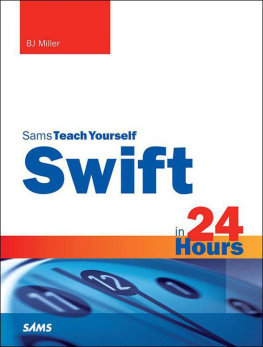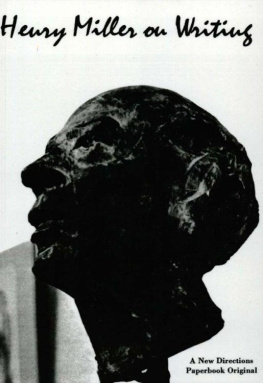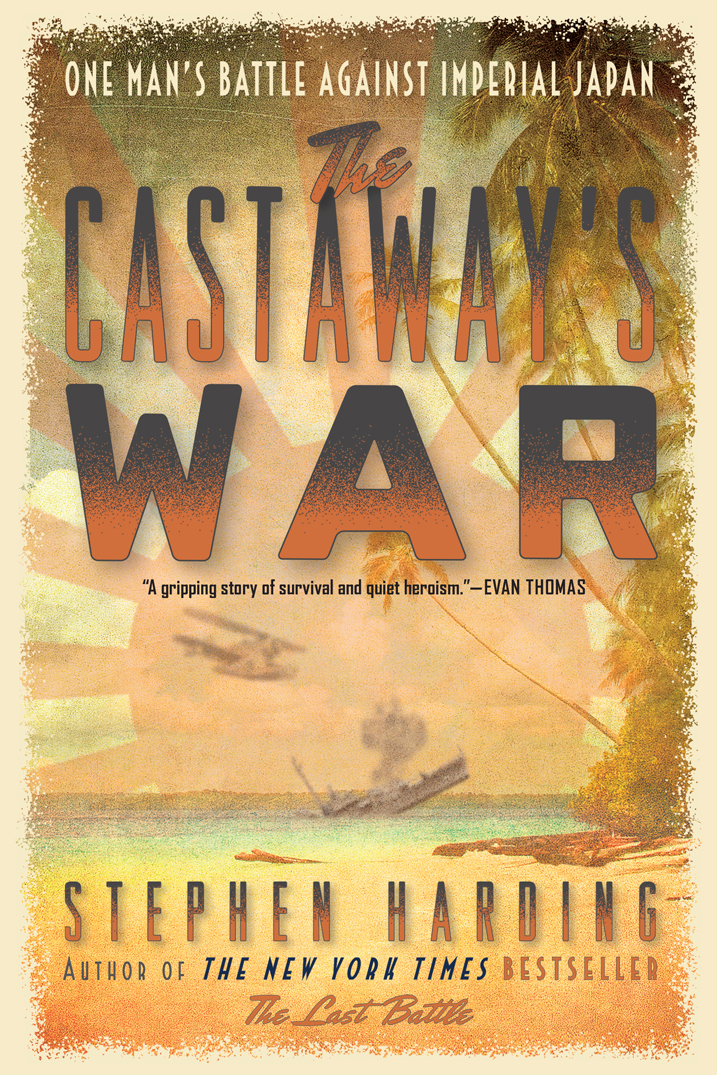

Copyright 2016 by Stephen Harding
All rights reserved. No part of this publication may be reproduced, stored in a retrieval system, or transmitted, in any form or by any means, electronic, mechanical, photocopying, recording, or otherwise, without the prior written permission of the publisher. Printed in the United States of America. For information, address Da Capo Press, 44 Farnsworth Street, 3rd Floor, Boston, MA 02210.
DESIGNED BY LINDA MARK
Set in 11 point Stempel Garamond LT Std by The Perseus Books Group
Cataloging-in-Publication data for this book is available from the Library of Congress.
ISBN: 978-0-306-82341-1 (e-book)
Published by Da Capo Press
A Member of the Perseus Books Group
www.dacapopress.com
Da Capo Press books are available at special discounts for bulk purchases in the U.S. by corporations, institutions, and other organizations. For more information, please contact the Special Markets Department at the Perseus Books Group, 2300 Chestnut Street, Suite 200, Philadelphia, PA 19103, or call (800) 810-4145, ext. 5000, or e-mail .
10 9 8 7 6 5 4 3 2 1
As always, for Mari, with love
Eternal Father, strong to save,
Whose arm hath bound the restless wave,
Who bidst the mighty ocean deep
Its own appointed limits keep;
O, hear us when we cry to Thee
For those in peril on the sea!
THE NAVY HYMN
Table of Contents
Guide
CONTENTS
MAPS
J UST BEFORE MIDNIGHT ON JULY 4, 1943, LIEUTENANT HUGH BARR MILLER Jr. stood on the windswept flying bridge of the Fletcher-class destroyer USS Strong as the warship steamed southwestward through Kula Gulf, the deep but relatively narrow waterway separating the islands of Kolombangara and New Georgia in the Japanese-occupied Solomon Islands. Bracing himself against the vessels motion as it sliced through moderate swells, the thirty-three-year-old officer peered through his binoculars at the barely discernible shape of the destroyer Nicholas, fifteen hundred yards directly ahead. And though he could not see them because of the darkness and passing rain squalls, Miller knew that following in Strongs wake were the light cruisers Honolulu, Helena, and St. Louis, with the destroyers OBannon and Chevalier bringing up the rear of the two-mile column.
The seven warships, part of Rear Admiral Walden L. Pug Ainsworths Task Group 36.1, had come to shower death and destruction upon Japanese positions on both sides of Kula Gulf. The mayhem was intended to prevent the enemy from interfering with the amphibious landing of American forces at Rice Anchorage, on the northwest coast of New Georgia, an operation to be conducted by troop transports, mine vessels, and destroyers that were alsothough only temporarilypart of TG 36.1. Ainsworths light cruisers and their escorting destroyers were to first shell an auxiliary airfield, gun emplacements, and other targets on the southern tip of Kolombangara, then switch their fire to the area immediately surrounding the enemy-held harbor at Bairoko, on New Georgia. The bombardment was scheduled to begin during the first minutes of July 5 and last for approximately a half hour, with the landings slated to commence shortly afterward and be completed by dawn.
As the lead vessels in Ainsworths bombardment group, Nicholas and Strong were tasked with conducting an intensive radar and sonar search along the course that the column of warships would follow. That roughly U-shaped route would first parallel the east coast of Kolombangara and then turn directly across the gulf andupon completion of the missiontake the ships of the task group out of the gulf to the north. The two lead destroyers were to engage any enemy aircraft, surface vessels, or submarines they detected anywhere along the task groups track and would join in the general bombardment only after the light cruisers shifted their fire to the targets on New Georgia.
While the task of pummeling the enemy positions ashore would be left to Strongs big gunsfive 5-inch/.38-caliber weapons in two single mounts forward and three aftthe close-in defense of the destroyer was up to the ships 40mm and 20mm rapid-fire cannon. Miller, a lawyer in civilian life, was in charge of the 20mm weapons and the score of sailors who manned them. Intended primarily for air defense, the guns could also prove murderously effective against small boats and surfaced submarines. Though Strongs 5-inch mounts could be radar directed, the lighter weapons had to be manually aimed and fired, and it was up to Miller to assign potential targets for his gunners based on the general bearing and range information he received from the radar operator or gunnery officer. By stationing himself on the open flying bridgethe second-highest manned position on the shipMiller had an all-around view of the surrounding sea and could better determine which of his guns should engage a given target, passing the information to his gun captains via sound-powered telephone.
Though Miller didnt yet realize it, however, the greatest threat to Strong was far beyond the range of his 20mm guns.
JUST OVER TWENTY MILES TO THE NORTH OF WHERE THE SHIPS OF Ainsworths bombardment group were preparing to open fire on their initial targets, another senior naval officer was pondering his own next move. Captain Kunizo Kanaoka, commander of the Imperial Japanese Navys (IJN) Destroyer Division 22, had just been told that the sole radar-equipped vessel in his four-ship flotilla had detected several presumably hostile surface combatants moving south along the west side of Kula Gulf. This was decidedly unwelcome news, for only minutes before Kanaoka had ordered a course change that would take his four destroyersNagatsuki, Niizuki, Satsuki, and Yunagiinto the increasingly crowded gulf. The Japanese warships were packed with troops that Kanaoka was to have landed at Vila Plantationthe very place on Kolombangara that was about to become the first target of the American bombardment. Though the Japanese officer was unaware of his enemys intentions, he immediately understood that the U.S. Navys mere presence in Kula Gulf would make it extremely difficult, if not impossible, for his ships to land their embarked troops.
Yet Kanaoka was loath to immediately abort his mission. The Japanese were well aware that the capture of New Georgia was a key component in the Allies campaign to neutralize the sprawling air and naval base at Rabaul, on New Britain, a vital prerequisite to the capture of the entire Solomon Islands chain. The troops packed aboard the four Japanese destroyers that night were ultimately intended to bolster New Georgias defenses, thereby helping to slow or even halt the Allied advance through the Southwest Pacific, and Kanaokas failure to put the men ashore on Kolombangara as planned could have dire consequences.
Though he realized there was little chance of slipping past the Americans undetected and landing the troops, Kanaoka decided to hold his course a bit longer, until he had a better idea of the enemys intentions.
He didnt have to wait long.
AT TWENTY-SIX MINUTES AFTER MIDNIGHTFOUR MINUTES AHEAD of the planned zero hourHonolulu commenced firing. Helena




